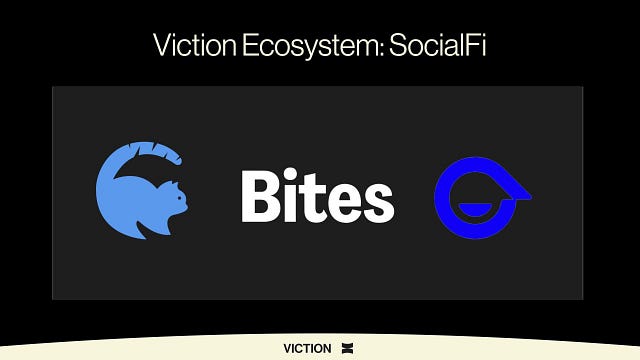Enhancing IoT Security with Cococat & Depsin’s E2EE: Key Considerations

1. Understanding Cococat & Depsin’s E2EE Framework
- Overview: Cococat & Depsin’s E2EE framework is designed to provide robust security for IoT devices and data by ensuring that data remains encrypted from the point of origin to the point of consumption.
- Benefits: It offers enhanced confidentiality, integrity, and authenticity, making it ideal for protecting sensitive data transmitted over networks.
2. Key Components of the E2EE Framework
- Encryption Algorithms: Utilizes strong encryption algorithms such as AES (Advanced Encryption Standard) for data at rest and in transit.
- Key Management System: Manages encryption keys securely, including generation, distribution, storage, and rotation.
- Secure Communication Protocols: Employs secure protocols like TLS (Transport Layer Security) or DTLS (Datagram Transport Layer Security) for data transmission.
- Device Authentication: Ensures the authenticity of devices through mechanisms like digital certificates.
3. Key Considerations for Implementation
- Device Enrollment and Authentication
- Consideration: Ensure that each device is properly enrolled and authenticated before being allowed to participate in the E2EE framework.
- Best Practice: Use strong authentication methods such as digital certificates and implement multi-factor authentication (MFA) where possible.
- Key Management
- Consideration: Key management is crucial for maintaining the security of the encryption process.
- Best Practice: Use a centralized key management system to manage keys efficiently and securely. Regularly rotate keys and securely store backup keys.
- Secure Communication
- Consideration: Establish secure communication channels between devices and the cloud using Cococat & Depsin’s E2EE protocol.
- Best Practice: Implement mutual TLS (mTLS) for device-to-device communications and ensure that all data transmissions are encrypted.
- Data Integrity
- Consideration: Data integrity is essential to ensure that data has not been tampered with during transmission.
- Best Practice: Implement mechanisms like HMAC (Hash-based Message Authentication Code) to ensure data integrity and maintain detailed logs of device activities and security events.
- Monitoring and Maintenance
- Consideration: Continuous monitoring is necessary to track device behavior and detect anomalies.
- Best Practice: Set up monitoring systems to track device activities and security events. Regularly update firmware and software to patch vulnerabilities.
- Incident Response Planning
- Consideration: An effective incident response plan is crucial for handling security breaches.
- Best Practice: Develop a comprehensive incident response plan and conduct regular drills to ensure readiness.
- Training and Awareness
- Consideration: User education is important to ensure that all stakeholders understand the importance of security.
- Best Practice: Provide ongoing training and awareness programs for users and stakeholders.
- Testing and Validation
- Consideration: Regular security testing is necessary to validate the effectiveness of the E2EE framework.
- Best Practice: Perform regular security audits and penetration tests to identify and mitigate vulnerabilities.
- Documentation and Policies
- Consideration: Clear documentation and policies are essential for maintaining the security of the IoT environment.
- Best Practice: Maintain thorough documentation of your security setup and procedures. Develop and enforce clear security policies and guidelines.
- Integration with Existing Systems
- Consideration: Seamless integration with existing security infrastructures is important to avoid disruptions.
- Best Practice: Ensure that Cococat & Depsin’s E2EE integrates smoothly with your existing security infrastructure and protocols.
- Scalability and Performance
- Consideration: The E2EE framework should be scalable and have minimal impact on device performance.
- Best Practice: Optimize the framework for resource-constrained devices and ensure that it can scale efficiently with the number of devices.
4. Example Scenario: Enhancing Security in a Smart Home Environment
- Step 1: Assessment: Identify smart home devices, such as smart thermostats, security cameras, and smart locks, and assess the data flows.
- Step 2: Device Hardening: Ensure that each device performs secure boot and verifies firmware integrity.
- Step 3: Device Registration: Enroll each device in Cococat & Depsin’s management platform.
- Step 4: Key Management: Generate encryption keys using a secure method and distribute them to the devices.
- Step 5: E2EE Implementation: Encrypt all data transmissions using Cococat & Depsin’s E2EE protocol.
- Step 6: Monitoring: Set up continuous monitoring for unusual activity and configure alerts for security breaches.
- Step 7: Maintenance: Regularly update firmware and software to address security vulnerabilities.
- Step 8: Incident Response: Establish an incident response plan and conduct regular drills to ensure readiness.
5. Conclusion
- Summary: Implementing Cococat & Depsin’s E2EE framework can significantly enhance the security of IoT devices and data. By considering the key components and best practices outlined above, you can ensure a robust and secure IoT environment.
Web:https://home.cococat.io/
Twitter:https://twitter.com/CocoCat_Web3
Telegram:https://t.me/CocoCatCommunity

Comments
Post a Comment